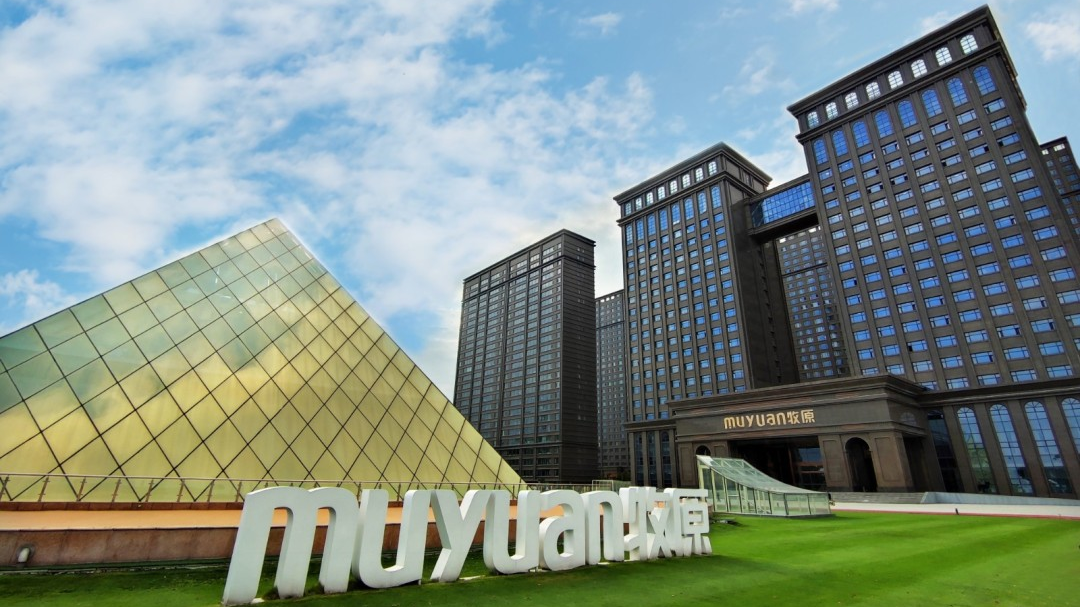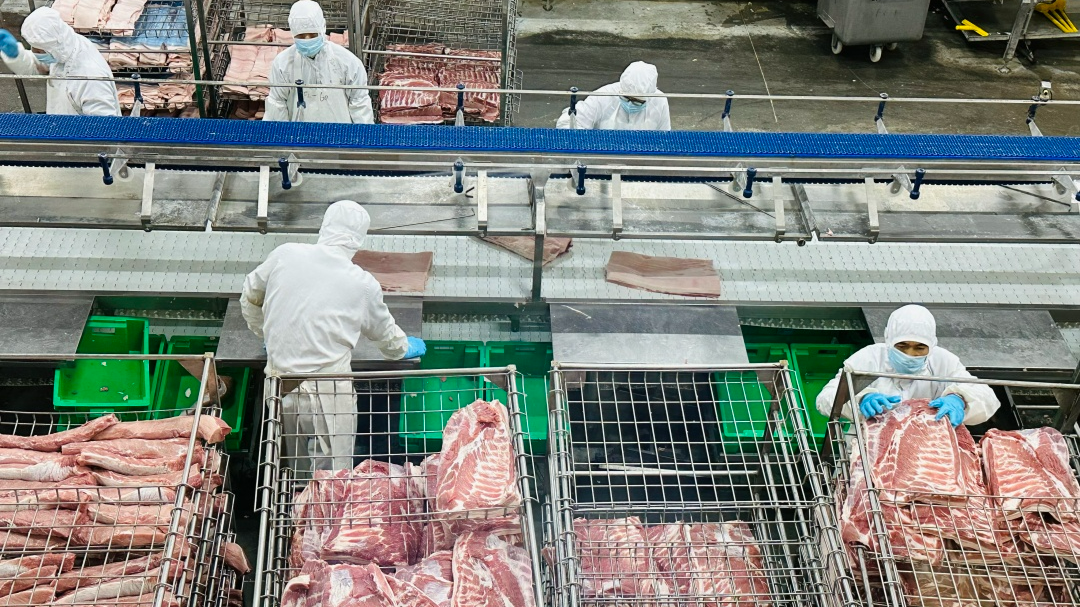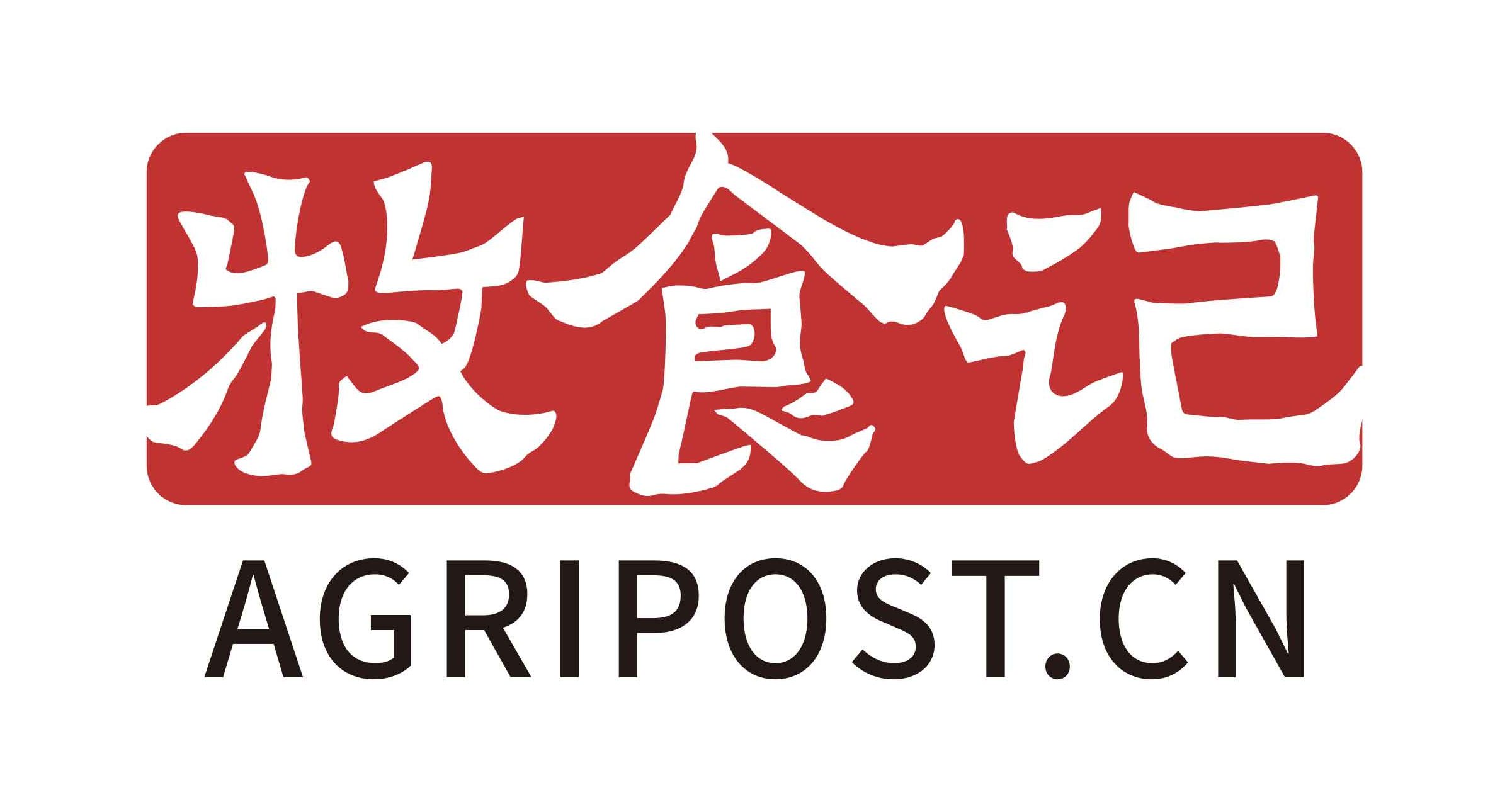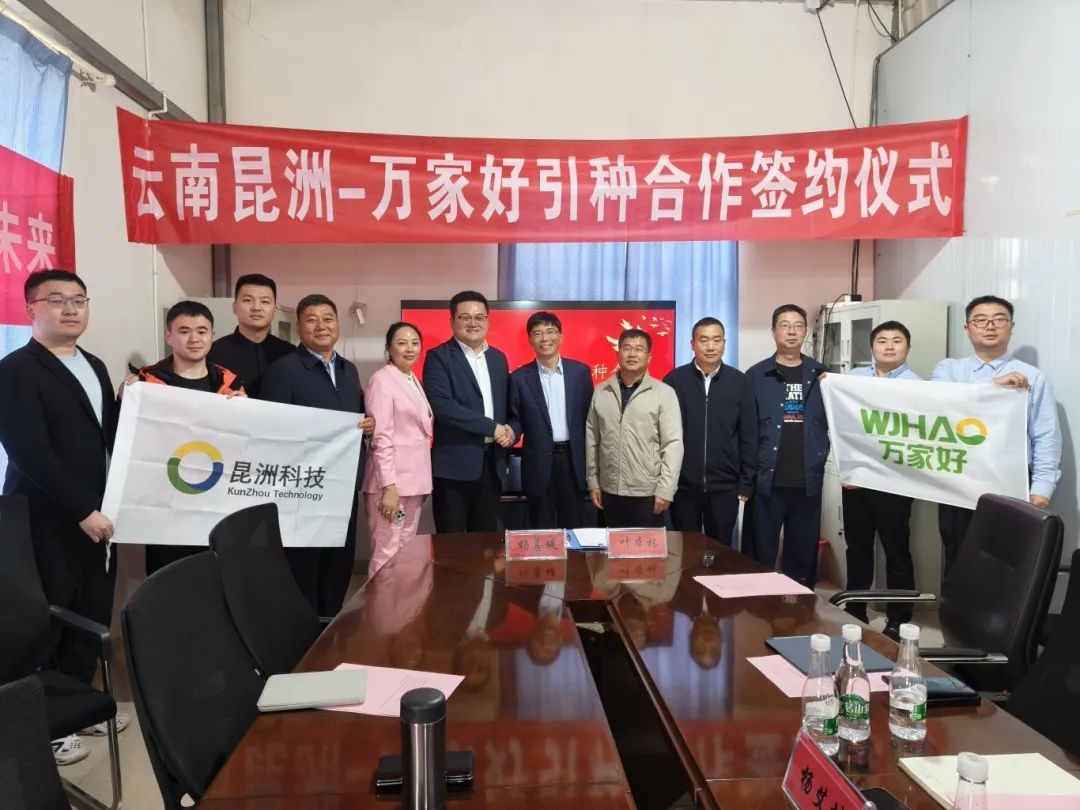China’s largest integrated pig producer, Muyuan Foods has significantly improved its slaughtering efficiency in 2024, reaching over 70% utilisation—well above breakeven and outperforming peers. A new 2-million-head facility will boost total capacity to 31 million pigs annually. The company is also preparing for a Hong Kong IPO to fund international expansion, R&D, and working capital, marking a strategic shift from rapid growth to high-quality, efficiency-driven development.
Muyuan Foods, one of China’s largest integrated pig producers, has disclosed that the utilization rate of its slaughtering and meat processing facilities has remained above 70% so far in 2025. This is a sharp increase from the company’s full-year 2024 utilization rate of 43%, when it processed 12.52 million pigs. In comparison, rival Shuanghui Development reported a capacity utilization rate of just 40.8% in 2024.

The company attributes this operational improvement to ongoing optimization of internal management systems and aggressive expansion of downstream sales channels. Notably, December 2024 and January 2025 were profitable months for Muyuan’s meat processing arm, buoyed by the seasonal uptick in pork demand during the Chinese New Year period.
Breaking the Breakeven Threshold
According to Muyuan’s internal analysis, slaughtering facilities need to operate at or above 50% capacity to reach breakeven. Surpassing the 70% threshold not only demonstrates strong market demand and supply chain efficiency, but also points to improving profitability across the value chain.
Later this year, a new facility with an annual processing capacity of 2 million heads is set to commence operations, raising the company’s total slaughtering capacity to 31 million heads annually.
Strategic Focus: Operational Excellence and Product Differentiation
Moving forward, Muyuan aims to further enhance the operational efficiency of its existing plants by focusing on key strategic pillars—market expansion, channel restructuring, workforce training, and management upgrades. In particular, the company seeks to raise the proportion of cut and segmented pork products, which generally offer higher profit margins than whole carcass sales. This shift is also expected to refine the channel structure and reinforce price stability.

Importantly, Muyuan views its slaughtering business as more than just a profit center—it serves as a critical feedback mechanism for understanding end-user preferences. Insights from downstream consumption patterns are used to refine genetic breeding strategies and pig production models, ultimately boosting per-head productivity.
IPO to Fuel Global Ambitions
As part of its global expansion strategy, Muyuan is preparing for a public listing on the Hong Kong Stock Exchange. The move is intended to enhance international investor engagement, strengthen corporate governance, and refine the company’s valuation narrative in overseas capital markets.

The funds raised from the Hong Kong IPO will be allocated across three primary areas:
- Global Expansion: Including enhanced supply chain infrastructure, overseas market development, and targeted M&A.
- R&D Investment: With emphasis on genetics, smart farming, nutrition, and biosecurity.
- Working Capital: To support day-to-day operations and ensure financial flexibility.
Strategic Evolution from High-Speed to High-Quality Growth
Reflecting on its corporate trajectory, Muyuan highlighted that 2018–2020 marked a phase of rapid capacity build-up. Since 2021, however, the company has pivoted toward quality-focused development, curbing new domestic capacity investment while prioritizing ROI and efficiency.
Looking ahead, Muyuan’s roadmap is structured around three pillars:
- Maximizing the utilization of existing assets and driving down costs.
- Strengthening agri-industrial connectivity to support smallholders through technical assistance and integration.
- Advancing global presence through cross-border strategies and product localization.
AgriPost.CN – Your Second Brain in China’s Agri-food Industry, Empowering Global Collaborations in the Animal Protein Sector.




